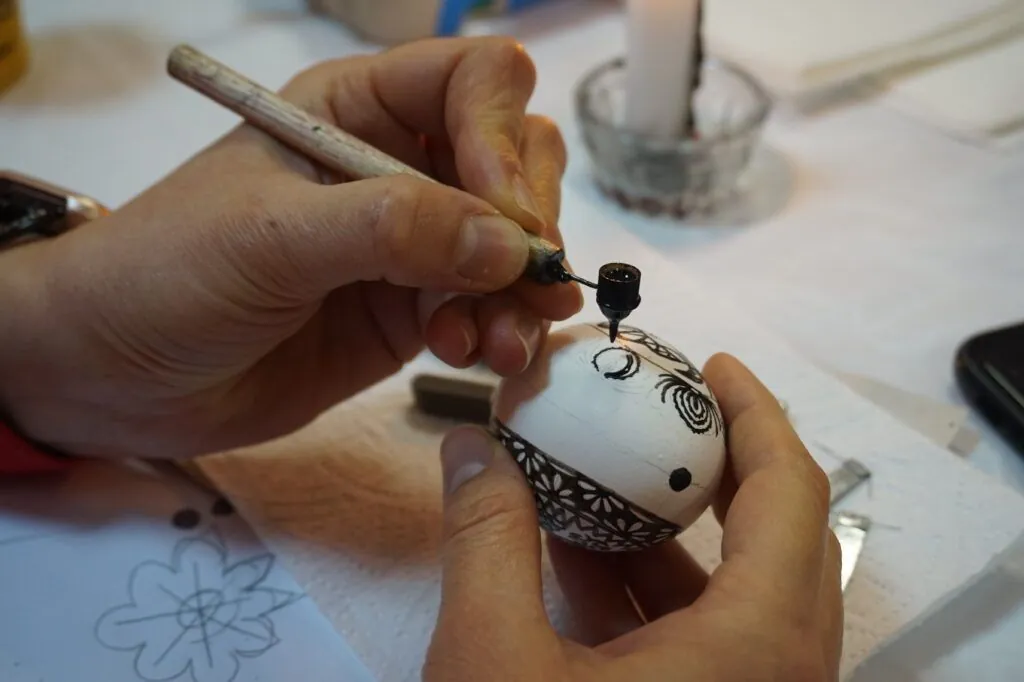Ukrainian pysanka recognized as a cultural heritage of humanity
Kyiv • UNN
At the 19th session of the UNESCO Intergovernmental Committee, the Ukrainian Easter egg was included in the list of intangible cultural heritage of humanity. The application was submitted jointly with Estonia and approved in the capital of Paraguay.

The decision to recognize the Ukrainian Easter egg as a cultural heritage of humanity was made at the 19th session of the UNESCO Intergovernmental Committee on intangible cultural heritage. This is reported by the press service of the Ministry of culture and strategic communications of Ukraine (ICSC), writes UNN.
Details
The session of the UNESCO committee was held in the capital of Paraguay, Asuncion. Ukraine submitted an application on this issue together with Estonia.
This is our common success, which confirms the strength of our unity. At the same time, the aggressor destroys our culture, monuments, theaters, libraries, and museums. Our artists - carriers of living heritage-are dying in the struggle for the motherland. Their loss undermines the very heart of our identity. After all, without people, a living legacy does not exist. We prove that even in the darkest of times, we remain indestructible,
According to him, the inclusion of the Ukrainian pysanka in the UNESCO Representative List is proof of this. "We proclaim to the whole world: a living heritage unites us, gives us a sense of belonging and embodies our identity," the minister said.

It is also noted that the recognition of pysanka as a cultural heritage of humanity demonstrates to the whole world that Ukrainian culture is an integral part of World Culture, which is based on respect for creative diversity, and respect for the culture and traditions of the people.
recall
The tradition of creating the boykiv pysanka pin was added to the National List of intangible cultural heritage of Ukraine. This technique is common in boyk habitats and has a deep symbolic meaning.